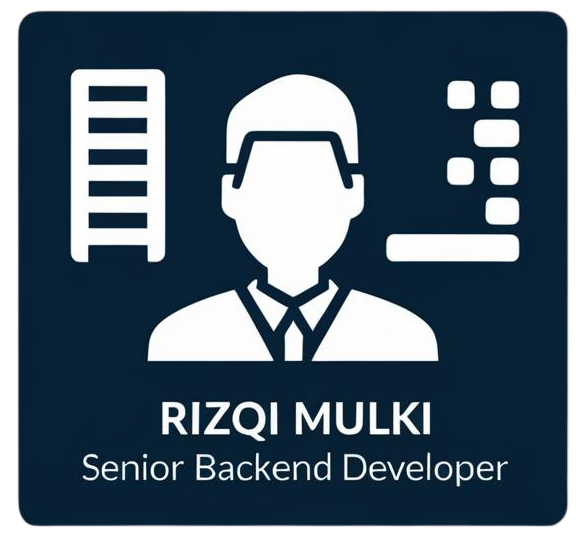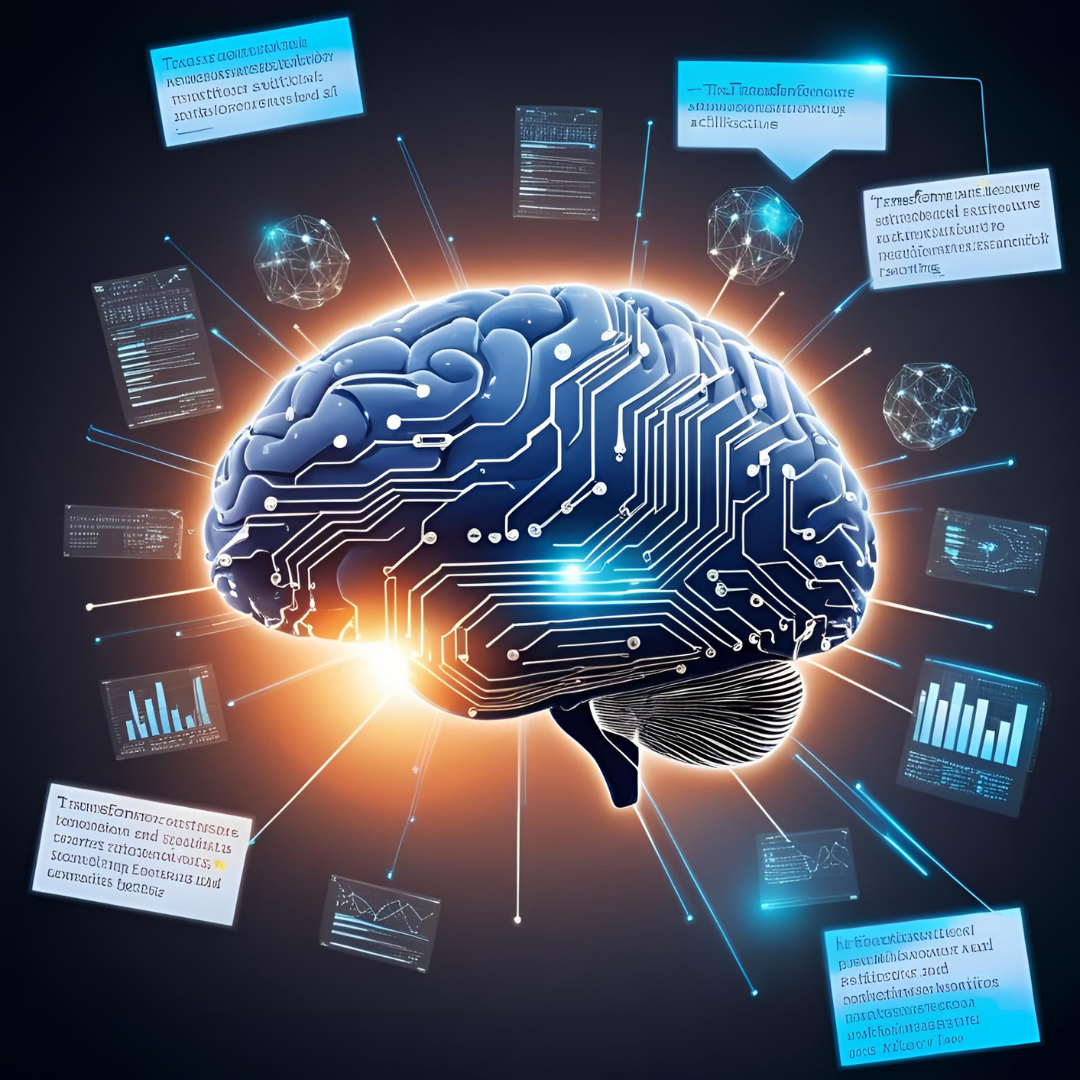The Transformer architecture, introduced in the groundbreaking 2017 paper “Attention Is All You Need,” fundamentally changed the landscape of natural language processing and artificial intelligence. Today, virtually every major Large Language Model—from GPT to BERT, from Claude to PaLM—is built upon this revolutionary architecture. But what makes the Transformer so special, and how does it actually work?
Understanding the Transformer is crucial for anyone working with or curious about modern AI. This architecture didn’t just improve upon existing methods; it introduced entirely new ways of processing sequential data that have proven to be incredibly powerful and scalable.
The Problem with Previous Approaches
Before Transformers, the dominant architectures for processing sequential data like text were Recurrent Neural Networks (RNNs) and their variants, including Long Short-Term Memory (LSTM) networks. While these architectures could handle sequences, they had significant limitations:
Sequential processing bottleneck: RNNs process tokens one at a time, from left to right. This sequential nature meant that processing couldn’t be parallelized effectively, making training slow and computationally expensive.
Long-range dependency issues: Even with improvements like LSTMs, these models struggled to maintain information across very long sequences. Important context from earlier in a text might be forgotten by the time the model reached the end.
Vanishing gradient problem: During training, the gradients used to update the model’s parameters would often become very small when propagated back through many time steps, making it difficult for the model to learn long-range patterns.
The Transformer architecture elegantly solved all of these problems with a single, powerful innovation: the attention mechanism.
The Core Innovation: Self-Attention
At the heart of the Transformer lies the self-attention mechanism, sometimes called scaled dot-product attention. This mechanism allows each position in a sequence to directly attend to all other positions, creating rich contextual representations without the need for sequential processing.
How Self-Attention Works
The self-attention mechanism can be understood through three key concepts: queries, keys, and values.
For each token in the input sequence, the model creates three vectors:
- Query (Q): Represents what information this token is seeking
- Key (K): Represents what information this token can provide
- Value (V): Contains the actual information this token contributes
The attention mechanism works by comparing each query with all keys to determine how much attention to pay to each position. This is done through a dot product operation, followed by a softmax function to create attention weights. These weights are then used to compute a weighted sum of all values.
Mathematically, attention is computed as:
Attention(Q, K, V) = softmax(QK^T / √d_k)V
Where d_k is the dimension of the key vectors, used for scaling to prevent the softmax from saturating.
The Power of Parallel Processing
Unlike RNNs, self-attention allows all positions to be processed simultaneously. Each token can attend to every other token in parallel, dramatically speeding up both training and inference while capturing long-range dependencies more effectively.
The Complete Transformer Architecture
The full Transformer architecture consists of two main components: an encoder and a decoder, each built from stacks of identical layers.
The Encoder
Each encoder layer contains two main sub-components:
Multi-Head Self-Attention: Instead of using a single attention mechanism, the Transformer uses multiple attention “heads” in parallel. Each head learns to focus on different types of relationships between tokens. Some heads might focus on syntactic relationships, others on semantic similarities, and still others on long-range dependencies.
Feed-Forward Neural Network: After attention, each position passes through a feed-forward network independently. This network typically expands the dimensionality significantly (often by a factor of 4) before compressing it back down, allowing for complex non-linear transformations.
Both sub-components use residual connections and layer normalization, which help with training stability and gradient flow.
The Decoder
The decoder is similar to the encoder but includes an additional attention mechanism:
Masked Self-Attention: This prevents positions from attending to subsequent positions, ensuring that predictions can only depend on known outputs during training and inference.
Cross-Attention: This allows the decoder to attend to the encoder’s output, enabling the model to condition its predictions on the input sequence.
Position Encoding
Since the attention mechanism doesn’t inherently understand sequence order, Transformers add positional encodings to the input embeddings. The original paper used sinusoidal position encodings, though many modern variations use learned positional embeddings.
Transformer Variants and Modern Applications
While the original Transformer was designed for translation tasks, variations have been developed for different applications:
Encoder-Only Models (BERT-style)
These models use only the encoder stack and are primarily designed for understanding tasks:
- Bidirectional context: Can attend to both past and future tokens
- Masked language modeling: Trained by predicting masked tokens in sentences
- Applications: Text classification, named entity recognition, question answering
Decoder-Only Models (GPT-style)
These models use only the decoder stack and are designed for generation:
- Autoregressive generation: Generate text one token at a time
- Causal attention: Can only attend to previous tokens
- Applications: Text generation, completion, creative writing
Encoder-Decoder Models
These maintain both components and excel at tasks requiring input-output transformation:
- Sequence-to-sequence tasks: Translation, summarization, question answering
- Conditional generation: Generate output conditioned on input
Key Architectural Components Deep Dive
Multi-Head Attention
The multi-head attention mechanism is perhaps the most crucial innovation of the Transformer. By using multiple attention heads, the model can simultaneously attend to information from different representation subspaces at different positions.
Each head operates on a lower-dimensional projection of the input, allowing the model to capture various types of relationships:
- Syntactic relationships: Subject-verb agreement, dependency parsing
- Semantic relationships: Synonyms, antonyms, conceptual similarities
- Positional relationships: Relative positions, sequence ordering
- Long-range dependencies: Connections across distant parts of the text
Layer Normalization and Residual Connections
These components are critical for training deep Transformer models:
Residual connections allow gradients to flow directly through the network, preventing the vanishing gradient problem that plagued earlier deep networks. The output of each sub-layer is added to its input before being passed to the next layer.
Layer normalization stabilizes training by normalizing the inputs to each layer, reducing internal covariate shift and allowing for higher learning rates.
Feed-Forward Networks
The position-wise feed-forward networks provide the model with the capacity for non-linear transformations. These networks typically use ReLU or GELU activation functions and significantly expand the dimensionality before compressing it back down.
Scaling and Modern Developments
The Transformer architecture has proven remarkably scalable, leading to increasingly large and capable models:
Scaling Laws
Research has shown that Transformer performance scales predictably with:
- Model size: Number of parameters and layers
- Dataset size: Amount of training data
- Compute: Training time and computational resources
This predictability has driven the race toward larger models, from the original Transformer with millions of parameters to modern LLMs with hundreds of billions.
Architectural Innovations
Modern Transformers include numerous improvements over the original:
Attention optimizations: Techniques like sparse attention, linear attention, and efficient attention patterns reduce computational complexity for long sequences.
Normalization improvements: Pre-layer normalization, RMSNorm, and other techniques improve training stability.
Activation functions: GELU, Swish, and other activation functions often outperform ReLU in Transformers.
Positional encoding advances: Rotary Position Embedding (RoPE), ALiBi, and other methods better capture positional relationships.
Why Transformers Work So Well
Several factors contribute to the Transformer’s success:
Parallelization
The ability to process all positions simultaneously dramatically reduces training time and allows for efficient use of modern GPU architectures.
Long-Range Dependencies
Direct connections between all positions enable the model to capture relationships across entire sequences without the information bottlenecks of sequential models.
Flexibility
The same architecture works well for many different tasks with minimal modifications, making it a versatile foundation for various applications.
Scalability
The architecture scales well to very large sizes, and larger models consistently show improved performance across a wide range of tasks.
Interpretability
The attention weights provide some insight into what the model is focusing on, making Transformers more interpretable than many other neural architectures.
Challenges and Limitations
Despite their success, Transformers face several challenges:
Quadratic Complexity
The attention mechanism requires computing attention between all pairs of positions, leading to O(n²) complexity with respect to sequence length. This becomes prohibitive for very long sequences.
Memory Requirements
Large Transformer models require enormous amounts of memory for both parameters and intermediate activations during training.
Data Efficiency
Transformers typically require large amounts of training data to achieve good performance, though this is being addressed through techniques like few-shot learning and transfer learning.
The Future of Transformer Architecture
Research continues to push the boundaries of what’s possible with Transformers:
Efficiency improvements: New attention mechanisms and architectural modifications aim to reduce computational complexity while maintaining performance.
Multimodal extensions: Transformers are being adapted to handle multiple modalities simultaneously, including text, images, audio, and video.
Specialized architectures: Domain-specific variations optimize the Transformer for particular types of tasks or data.
Hardware co-design: New hardware architectures are being designed specifically to accelerate Transformer computations.
Conclusion
The Transformer architecture represents one of the most significant breakthroughs in machine learning history. By replacing sequential processing with parallel attention mechanisms, it solved fundamental problems that had limited earlier approaches while introducing a scalable architecture that continues to drive advances in artificial intelligence.
Understanding the Transformer is essential for anyone working with modern AI systems. Its principles of attention, parallel processing, and scalable design have not only revolutionized natural language processing but are being applied across many domains of machine learning.
As we continue to push the boundaries of what’s possible with AI, the Transformer architecture remains at the center of innovation. Whether through scaling to ever-larger sizes, improving efficiency for practical deployment, or extending to new modalities and domains, the Transformer continues to be the engine driving the current AI revolution.
The elegance of “attention is all you need” lies not just in its simplicity, but in how this simple mechanism unlocks such powerful capabilities. As we look toward the future of AI, the Transformer architecture will undoubtedly continue to evolve, but its core insights about the power of attention and parallel processing will remain fundamental to how machines understand and generate language.


Leave a Reply